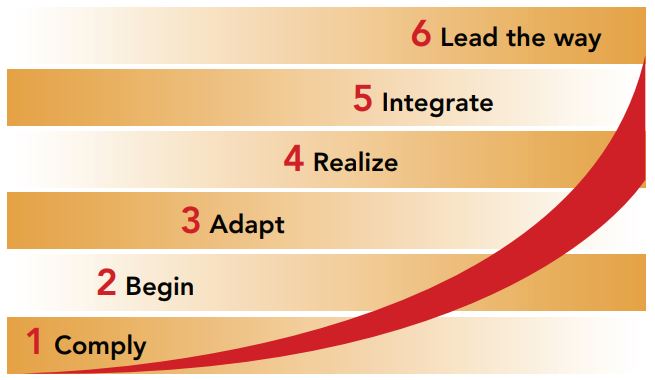
As pointed out in my book Lead the Change – The Competitive Advantage of Gender Diversity and Inclusion – we live in an increasingly culturally diverse country and Canadian businesses must engage all facets of the current workforce that are available to them to fulfill current labour market shortages and be in tune with consumer market needs. It is no longer optional to “think about it” or put it on the back burner. It is time to act. The Canadian economy depends on it.
In spite of this awareness, many business circles are still questioning the need for Gender Diversity and Inclusion (GDI). A reluctance to make it a priority comes at a financial cost that warrants a discussion at the boardroom table. To summarize this business imperative briefly, organizations that have GDI are:
- Twice as likely to exceed or meet financial targets;
- Six times more likely to be innovative and agile;
- Three times more likely to be high performing;
- Have improved health and safety; and
- Have significant benefits to men and boys in improved health and work-life balance.
These statistics[1] are among the many that are documented worldwide on the need for diverse and inclusive cultures. Yet there is a failure to act.
Understanding Resistance
Knowing how to identify resistance and how it presents in both an active and passive manner, sets the foundation for understanding the root concerns – be it from senior levels or frontline employees. From denying there’s a need for GDI to calling people feminists for “pushing an agenda”; comments coming from either a man or a woman, unveiling the deeper issue is key.
The reasons for resistance get to the psychology underpinning it and can be from such things as a lack of awareness; a concern about their job being jeopardized; or “change fatigue” from previous unsuccessful attempts to shift the workplace culture. The current state comes with tremendous power, and the uncertainty of success and fear of the unknown can block change and create resistance. Knowing the reasons helps set a course for leading the GDI plan and engaging with employees effectively to guide them through to willful acceptance.
A deliberate and coordinated effort is needed from the leadership of the organization in conjunction with the communications and human resources teams in order to create a path of least resistance.
A leadership strategy is needed to secure and provide executive level leadership and engagement with implementing a GDI plan, significantly reducing resistance. At its core, having the most senior executive in the organization sponsoring a GDI plan is the difference between a smooth transition from the current state to a culturally diverse workforce. Analysis of data from Prosci Inc. Best Practices in Change Management (2018 Edition) research report shows a direct correlation between the effectiveness of sponsorship and the likelihood of meeting project objectives. 72% of respondents stated that effective engagement of sponsorship ensured the change was implemented successfully.
What strategies should you use?
A communications strategy is needed to raise awareness of GDI across the organization. It helps strengthen the commitment to it in a transparent manner, significantly reducing the amount of resistance. Creating messaging for both internal and external audiences that are tied to company objectives makes GDI real and visible.
A human resources strategy is essential to involve middle managers and employees on GDI through multiple education and training opportunities, thereby significantly increasing acceptance of the change. Some people need time to onboard new knowledge and skills to broaden their capacity to embrace new ways of doing business.
Knowing the various methods to manage employees – male or female – senior level or entry – to help coach them through to accepting a new workplace culture can make all the difference. Providing avenues to give individuals additional time to voice their concerns can help guide them toward the future state more smoothly.
Resistance is not free – it comes at a high cost to the organization. The costs include such things as time delays from engaging with those who keep circling on the “why” this is happening instead of getting on with the “how”; outcomes of GDI objectives being delayed or not realized; absenteeism from those who wish to disengage from new skills development; all of these acts contribute to making it even harder to initiate GDI efforts again. These tactics impact the ability to actualize the economic benefits that are stated above.
The application of a structured process and set of tools for leading employees from the current way of operating to a diverse and inclusive culture will significantly improve acceptance of this new workforce composition.
My book Lead the Change – the Competitive Advantage of Gender Diversity and Inclusion guides you though why you need to pay attention to GDI – how it’s a business advantage to do so – and also how to go about it effectively in your organization. For more information go to my website at: www.centreforsocialintelligence.ca. The book will be available through all main distribution channels such as amazon, chapters, etc. as of the end of July.
It is time to embrace the real vision of the future of the Canadian workforce and see the benefits of multiculturalism in our workplace for the betterment of our society, and our economy.
[1] Deloitte.com/insights 2016






